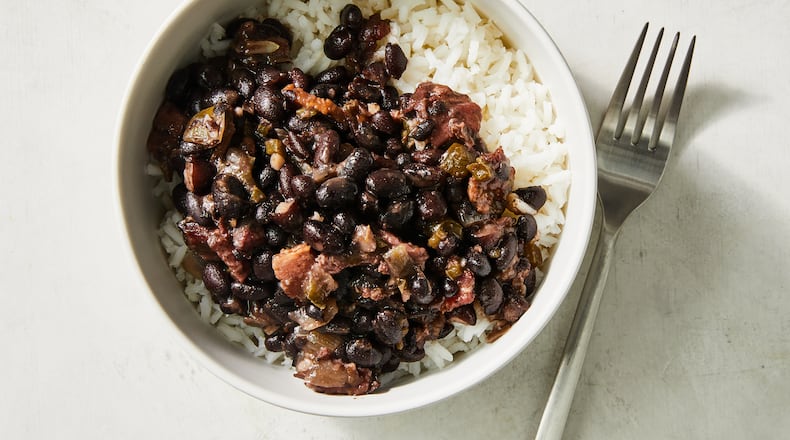Keeping your knives sharp may also extend their lifespan. Dull knives require more force to cut through food, leading to increased wear and tear on the blade. Proper care and maintenance can reduce damage and prolong their usability.
When shopping for a good quality kitchen knife, there are lot of things to consider:
- Hold a few knives in your hand before buying. Handles can have different shapes and depending on the size of your hand, some may feel more comfortable than others.
- You do not need to purchase a 10-knife block set. Most kitchen tasks can be done with just one or two knives. Here are a few tips:
- Chef’s knife (8–10-inch blade). All kitchen jobs can be done with just this knife. If you can only buy one, go with this one.
- Paring knife (3–4-inch blade). Good for tasks where you may need to me more precise, like peeling and coring.
- Serrated knife (8–10-inch blade, small “teeth”). This knife is long like a chef’s knife, but the blade edge is jagged, rather than smooth. Good for slicing bread and cutting soft-skinned produce like tomatoes.
Safety Tips:
- Never put a knife in a sink full of water. You or someone else may forget it is there. This can lead to cuts when you grab things to clean.
- Do not try to catch a falling knife. If you drop it, take a quick step back so it does not nick your toes or bounce back on you.
- To pass a knife, hand it off by the handle. Or, set it down on the counter and let the other person pick it up.
- Always walk with the blade of your knife pointed toward the floor. This helps avoid nicking someone who comes into your path.
- When you are not using your knife, place it at the top of your cutting board. Keep the blade facing away from you.
When using knives:
- Tuck your fingers toward your palm on the hand that is holding the food.
- Angle the tip of the knife toward the cutting board.
- Cut through the food with a slicing or sawing motion. Do not push down.
- When working with round foods like onion or potatoes, cut them in half first. Lay the flat side down, then keep cutting.
Care Tips:
- Do not try to sharpen serrated knives—it could ruin the teeth.
- If your knives do not come with a block or sheath, store tip-down in a canister filled with uncooked rice. Be careful to place the canister where you will not knock it over.
Chicken Rice Gumbo
Makes 10 Servings
290 calories per serving
Ingredients:
3 (14.5 ounce) cans reduced-sodium chicken broth
1 lb. cooked chicken or turkey, cut into bite-sized pieces
1 (15 oz.) can whole-kernel corn drained
1 (14.5 oz.) can stewed tomatoes, undrained, chopped
½ cup uncooked white rice
¼ to ½ tsp. hot pepper sauce
Directions:
- Heat all ingredients to a boil in large saucepan on medium-high heat.
- Reduce heat to low, cover.
- Simmer 20 minutes.
Crimson Slaw
Makes 6 servings
225 calories per serving
Ingredients:
½ head (1lb, 8 oz.) red cabbage, shredded
½ red onion, thinly sliced
¼ onion, thinly sliced
4 Tbsp. vinegar
2 Tbsp. sugar
2 tsp. salt
¼ tsp. black pepper
1 to 2 cups dried cranberries
Directions:
- Marinate in refrigerator for one hour.
- Toss cabbage and onions together in a large mixing bowl.
- Mix oil, vinegar, sugar, salt, and pepper together in a small bowl to make a dressing.
- Pour dressing over cabbage mixture; toss with cranberries.
Interested in free nutrition education lessons from OSU Extension Expanded Food and Nutrition Education Program (EFNEP)? Contact Nancy Lyons at 937-244-9654 or lyons.489@osu.edu.
About the Author
